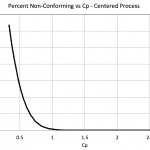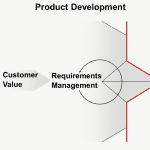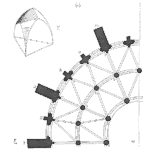
#AskAsh – 001 – Should I stay in my engineering job or search for another?
Question:
Hey Ash,
I have a question about whether I should stay in my current engineering job or pursue other options.I work for an engineering firm that does contract work for other companies. We have recently lost a big contract. With this lull, I have been told that much of my work over the next several months will basically be document control.
As a new engineer, I am concerned that I will be missing out on valuable experience if I am not working on strong engineering projects.
So my question is, should I stick it out or look for another job?
Thanks,
-Anonymous













